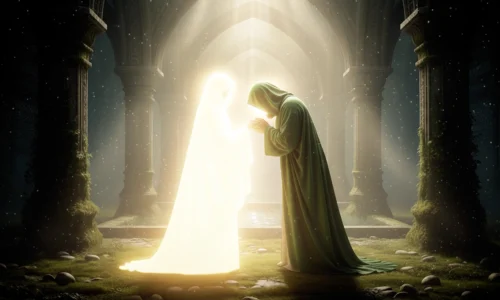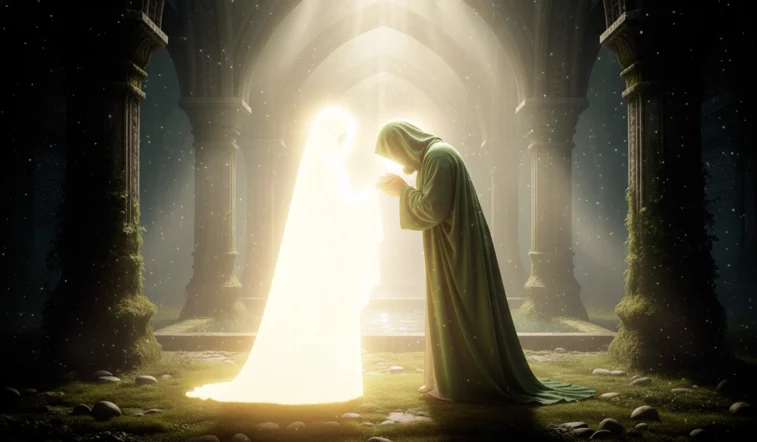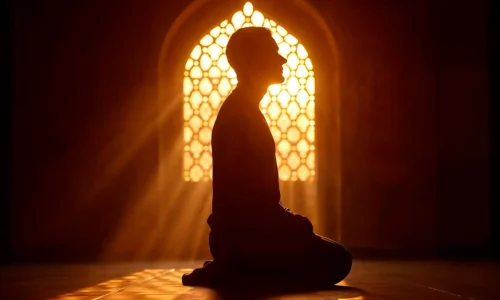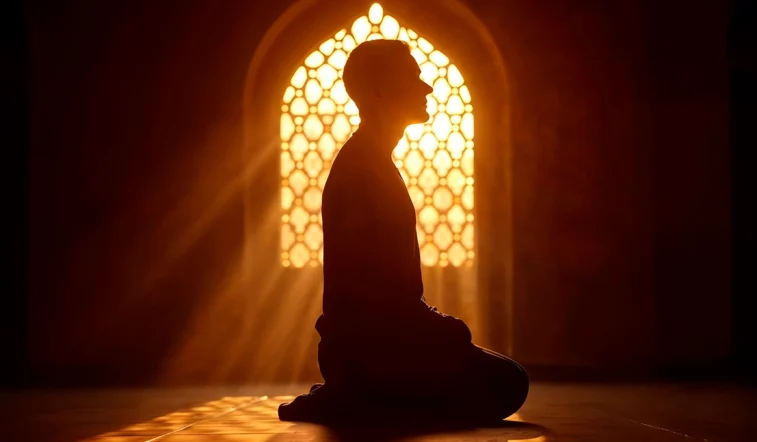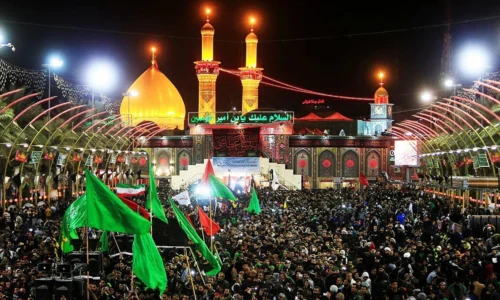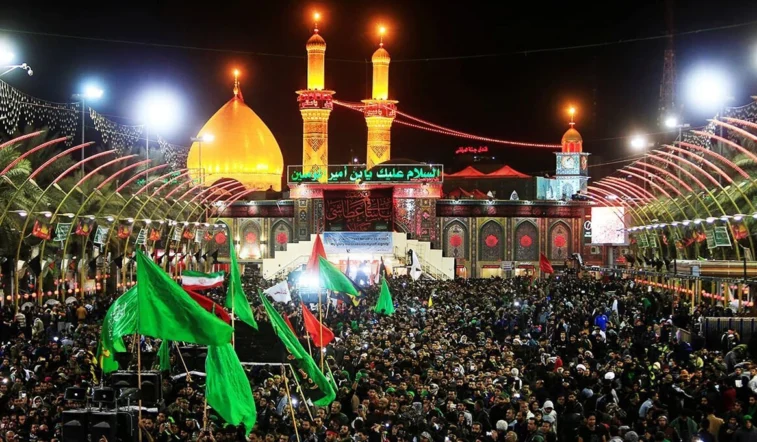Exploring the Foundations of the Belief in the Awaited Savior in Islamic Scripture
The belief in Imam Mahdi (Peace be upon him)—the rightly guided and divinely appointed leader who will appear at the end of times—is a central concept in Islamic eschatology, particularly within Shia Islam but also recognized in Sunni traditions. This belief is deeply rooted in the Quran and numerous authentic Hadiths (sayings and traditions of Prophet Muhammad ﷺ), which speak of a just leader who will restore justice, peace, and true faith.

Imam Mahdi in the Quran
Although the Quran does not explicitly mention Imam Mahdi by name, many scholars interpret certain verses as alluding to his mission and role. The Quran emphasizes the theme of divine justice and the eventual triumph of truth over falsehood, which aligns with the Mahdi’s prophesied purpose. Key Quranic themes related to Imam Mahdi include:
1. Divine Support for the Righteous:
“Indeed, Allah will aid those who aid Him. Indeed, Allah is Powerful and Exalted in Might.”
(Quran 22:40)
This verse highlights that God supports the just and righteous, which is consistent with the Mahdi’s role as God’s chosen agent to uphold justice.
2. Establishment of Justice:
“Indeed, Allah commands you to render trusts to whom they are due and when you judge between people to judge with justice…”
(Quran 4:58)
The Mahdi will embody and enforce divine justice on earth.
3. Victory of Truth Over Falsehood:
“And say, ‘Truth has come, and falsehood has departed.’ Indeed, falsehood is bound to depart.”
(Quran 17:81)
The Mahdi’s advent signals the eventual triumph of truth.
Some scholars interpret verses such as Surah An-Nur (24:55) and Surah Al-Qasas (28:5) as referencing the divinely guided leadership that the Mahdi represents.
Imam Mahdi in the Hadith
The Hadith literature provides more direct references to the coming of the Mahdi. Both Sunni and Shia collections include narrations describing his appearance, characteristics, and mission.
1. Key Hadiths from Sunni Sources
The Prophet Muhammad ﷺ said:
“Even if only one day remains before the Hour (Day of Judgment), Allah will send a man from my family whose name will be the same as mine. He will fill the earth with justice and fairness as it was filled with oppression and tyranny.”
~Sunan Abu Dawood, Hadith 4282
In another narration, the Prophet said:
“The Mahdi will be of my stock, and he will appear when the earth is filled with injustice.”
~Jami` at-Tirmidhi
These hadiths emphasize that the Mahdi is from the Prophet’s family (Ahl al-Bayt), bearing his name, and will restore justice globally.
2. Key Hadiths from Shia Sources
Shia traditions provide detailed descriptions of the Mahdi, his lineage, and his occultation:
Imam Ja’far al-Sadiq (the 6th Imam) said:
“The Mahdi is from us, the Ahl al-Bayt. He is the one who will fill the earth with justice and equity, just as it was filled with injustice and tyranny.”
Narrations describe his birth in secrecy, his occultation (غیبت), and eventual return to lead humanity.
Characteristics and Mission of Imam Mahdi According to Hadith
- Lineage: He will be from the family of the Prophet Muhammad ﷺ, specifically a descendant of Imam Hasan or Imam Husayn (grandsons of the Prophet).
- Name: Many narrations say his name will be Muhammad, matching the Prophet’s own name.
- Era of Appearance: He will appear in a time of widespread injustice, corruption, and turmoil.
- Mission: To establish peace, justice, and true Islamic teachings across the world.
- Spiritual Authority: He will have divine support, accompanied by Jesus (علیهالسلام) in his mission.
- Duration of Rule: Narrations describe his rule as lasting several years during which justice will prevail.
The Occultation of Imam Mahdi
Shia belief particularly emphasizes that Imam Mahdi entered a state of occultation (غیبت), meaning he is hidden from public view but remains alive by God’s will. During this period, believers maintain their faith in his eventual return as the “Qa’im” (the one who rises) to reestablish justice.
Conclusion
The concept of Imam Mahdi is deeply rooted in Islamic teachings. While the Quran sets the theological foundation of divine justice and leadership, the Hadith literature provides explicit descriptions of the awaited savior—his lineage, characteristics, and the global mission he will undertake. The belief in Imam Mahdi inspires hope among Muslims for the eventual triumph of truth, peace, and righteousness, reminding believers to remain steadfast and righteous as they await his return.
